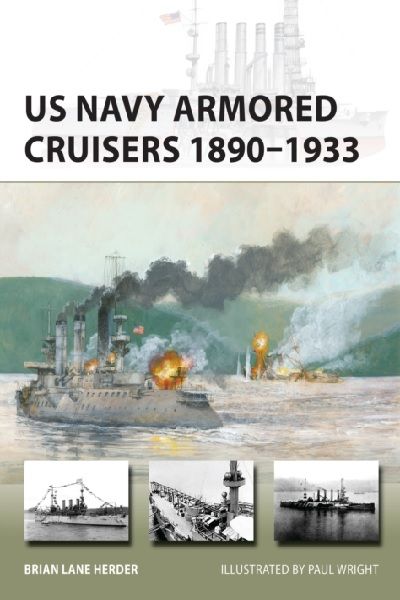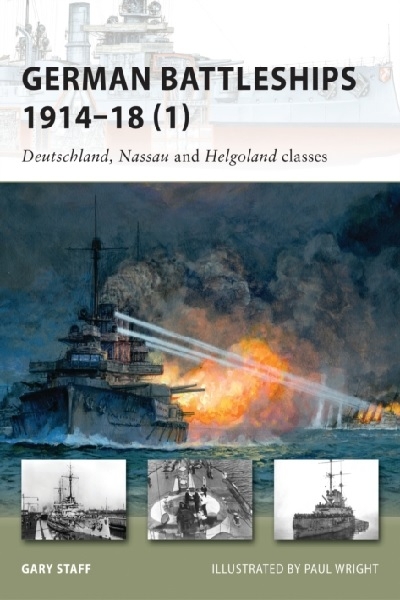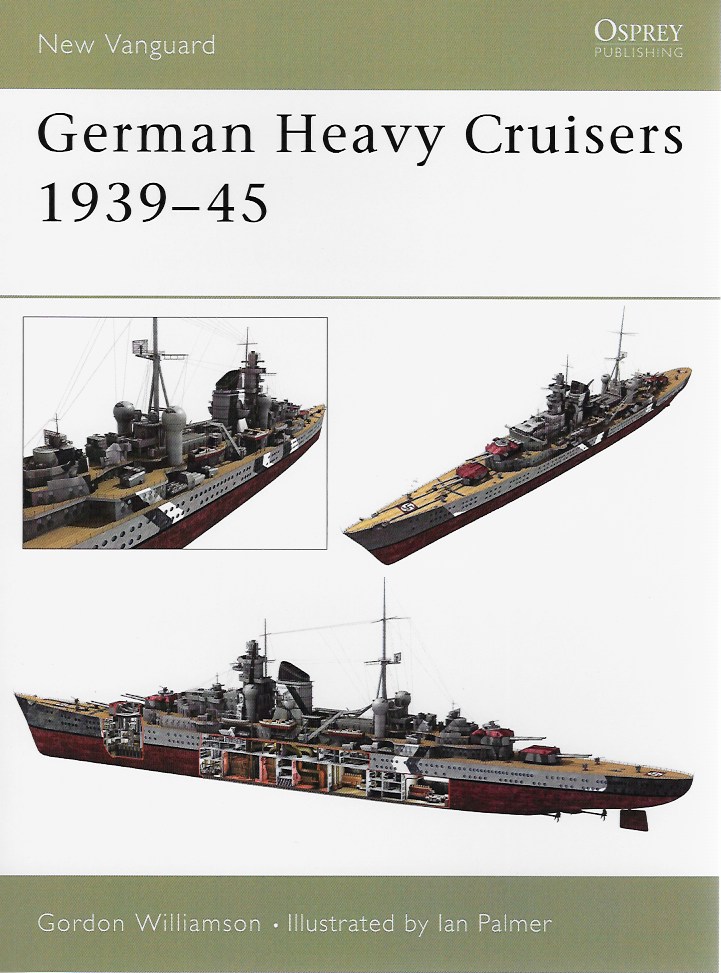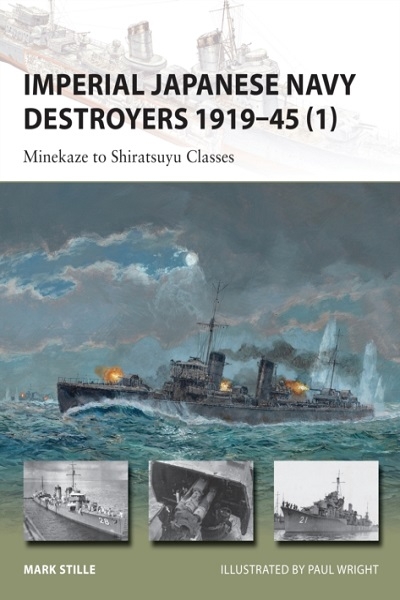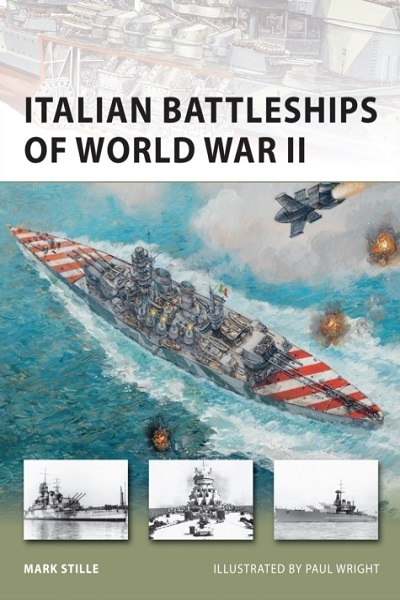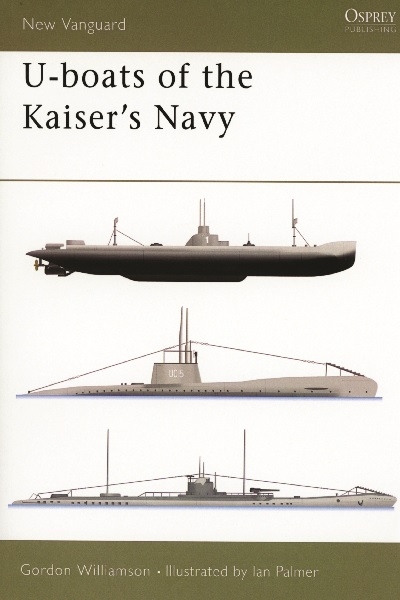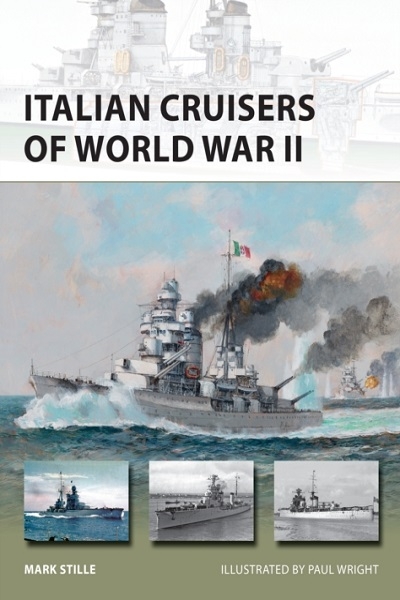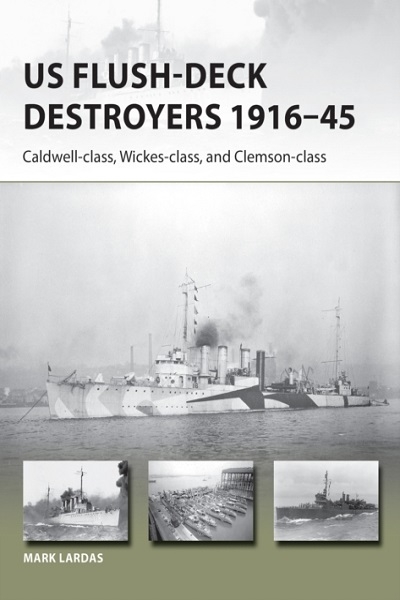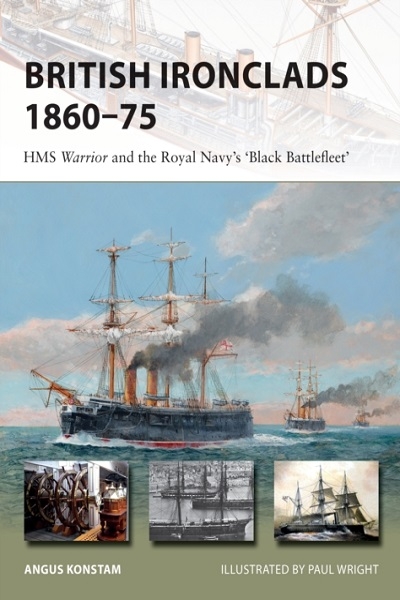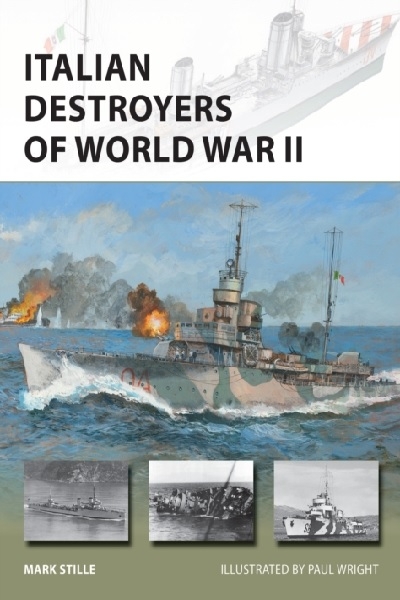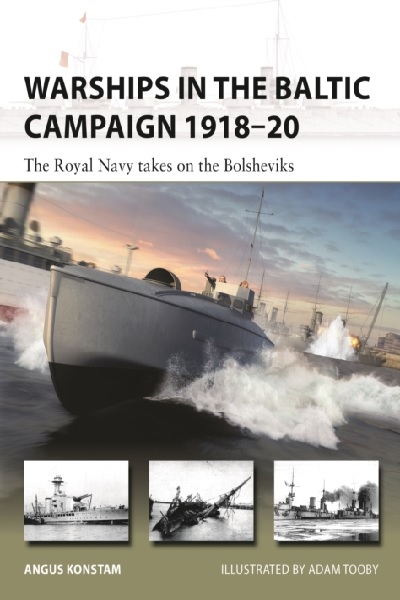A new history of the large, fast, and long-ranged armored cruisers of the US Navy, and the roles that these warships played in the fleet as America developed into a great naval power. At the dawn of the "Steel Navy" era, the rapidly expanding US Navy's fleet of capital ships consisted not only of battleships but also armored cruisers, the forerunner of the battlecruiser. Armored cruisers sacrificed the battleship's superlative firepower and protection for superior speed and range but, as this study shows, their role was not always easy to define.
Controversial because they were as large and expensive as battleships but not able to withstand a battleship in battle, contemporary strategists pointed out that, "naval wars are not won by running away from stronger ships."Despite being produced at great expense, tactically they never really had a legitimate mission-traditional deployments were commerce raiding and protection, but despite this, author Brian Lane Herder illustrates how successful the use of armored cruisers was for the US Navy. After 1906, some replaced US battleships in the Pacific, functioning as oversized gunboats, most notably, the modified armored cruiser Pennsylvania which witnessed the first landing of an airplane on a ship. On November 5, 1915, North Carolina became the first cruiser to launch an aircraft from a catapult while underway.
After the war, surviving US armored cruisers represented the US Navy on their Asiatic station until the final cruiser was scuttled in 1946. Using detailed, color artwork and photos, this fascinating book describes the development and deployment of these controversial but intriguing ships, providing examples of the key service they played in the US Navy in a variety of defensive and escorting roles.
ISBN: 9781472851000
Format: Paperback
Author(s): Brian Lane Herder
First Publishment Date: 27 October 2022

